The Da Vinci Code: Fact Vs. Fiction In Dan Brown's Bestseller
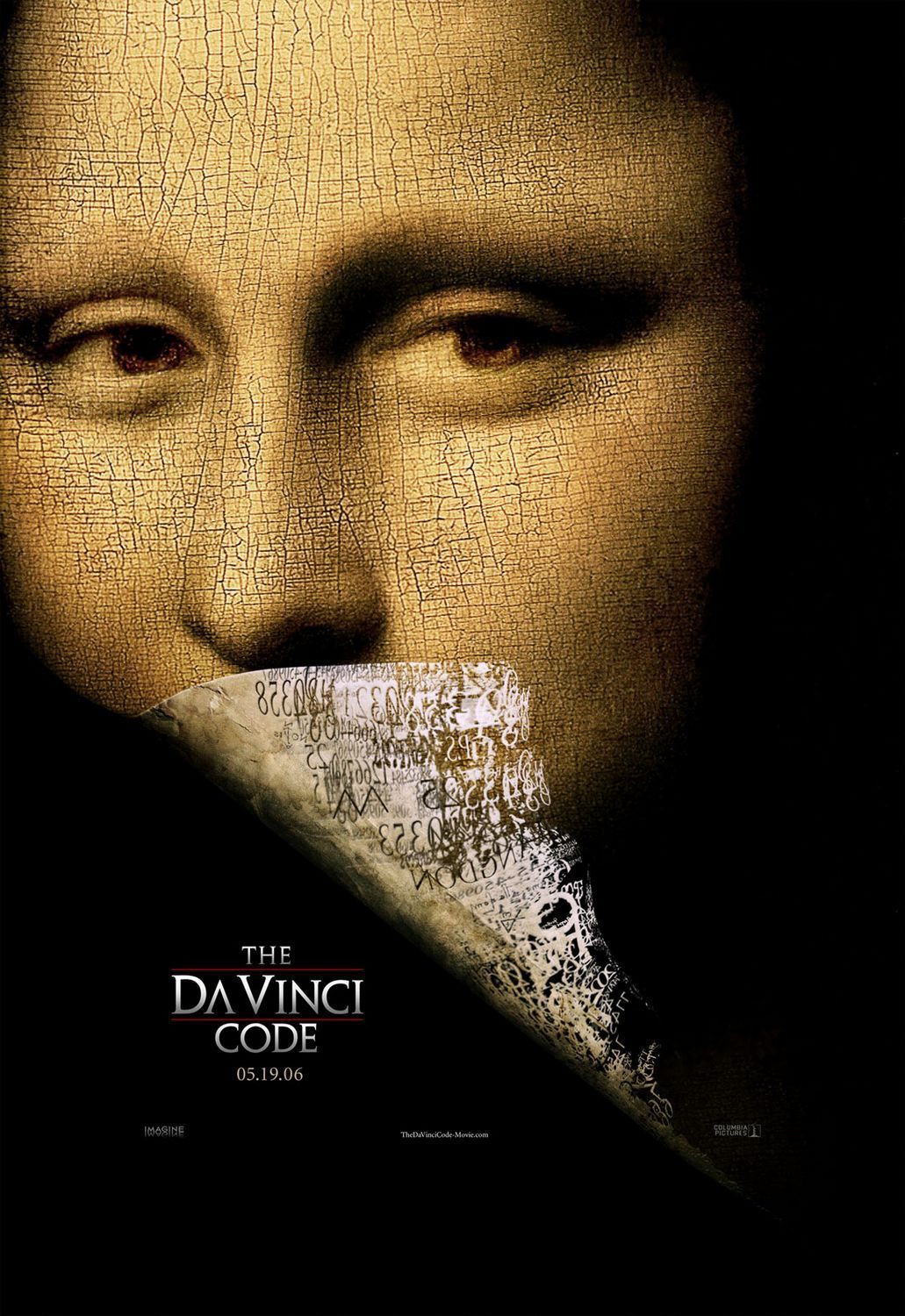
Table of Contents
The Historical Jesus and the Gnostic Gospels
The novel hinges on reinterpreting the historical Jesus and his relationship with Mary Magdalene, drawing heavily on the Gnostic Gospels. Understanding the difference between Brown's portrayal and historical scholarship is crucial.
Mary Magdalene's Role
The Da Vinci Code portrays Mary Magdalene as Jesus' wife and the guardian of a secret bloodline. However, historical evidence regarding Mary Magdalene's life remains scarce and open to interpretation.
- Fictional Elements: The novel depicts Mary Magdalene as a central figure in early Christianity, concealing Jesus's true lineage and the location of the Holy Grail.
- Historical Debates: Scholars debate Mary Magdalene's actual role in the early church, with some suggesting she was a significant follower of Jesus, while others highlight the limited and often contradictory accounts in the canonical Gospels.
- Scholarly Perspectives: The scholarly consensus differs significantly from the novel’s portrayal. Most scholars reject the notion of a marriage between Jesus and Mary Magdalene due to lack of credible historical evidence.
The Gnostic Gospels and Early Christianity
The Da Vinci Code highlights the Gnostic Gospels, suggesting they contain suppressed knowledge about Jesus's true nature and the early church. While Gnostic texts do exist, their interpretation is complex.
- Gnostic Beliefs: Gnosticism encompassed diverse beliefs, often emphasizing secret knowledge and a dualistic worldview, contrasting with mainstream Christian doctrines.
- Creative Use by Brown: Brown employs Gnostic ideas to construct his narrative, emphasizing the conflict between established religious authority and hidden truths.
- Discrepancies: The novel selectively uses and interprets Gnostic texts, often exaggerating their significance and omitting crucial contextual information understood by scholars of early Christianity.
The Priory of Sion and its "Secret History"
The novel centers around the Priory of Sion, a secret society supposedly protecting the bloodline of Jesus. The reality of the Priory, however, is far less dramatic.
The Priory of Sion's Actual History
The Priory of Sion's historical existence is undeniable, but its portrayal in The Da Vinci Code is significantly embellished.
- Modern Origins: The Priory's modern form dates back to the 20th century, not the medieval era as suggested in the novel.
- Real Activities: The Priory’s real activities were far less clandestine and influential than portrayed, mostly consisting of literary and artistic endeavors.
- Dramatic Effect: Brown uses the Priory as a vehicle for dramatic effect, transforming a relatively obscure group into a powerful, centuries-old guardian of secrets.
- Debunking Claims: The claims of the Priory possessing ancient lineage and guarding secrets related to Jesus and the Holy Grail have been thoroughly debunked by historians.
The Bloodline of Jesus
The notion of a bloodline descended from Jesus and Mary Magdalene is a central tenet of The Da Vinci Code's narrative. However, this claim lacks historical support.
- Lack of Evidence: There is no credible historical evidence to support the existence of such a bloodline.
- Alternative Explanations: The book's claim relies heavily on speculation and the interpretation of ambiguous historical accounts.
- Speculation: Brown's use of speculation and creative interpretation serves the narrative but is far from representing established historical consensus.
Art History and Symbolism in The Da Vinci Code
The Da Vinci Code masterfully weaves together art history and symbolism, utilizing iconic works of art to create suspense and intrigue.
Leonardo da Vinci's Works and Their Interpretations
The novel uses Da Vinci’s works, such as The Last Supper and the Mona Lisa, to support its narrative claims.
- Specific Examples: The book interprets these paintings through a lens heavily influenced by its fictional premise, often straying from established art historical analysis.
- Contrasting Interpretations: Many of Brown's interpretations of Da Vinci's work have been challenged by art historians, who offer alternative explanations rooted in historical context and artistic intent.
- Factual Information: Understanding the historical context of Da Vinci's art is crucial to appreciating the vast difference between established art history and Brown's creative interpretation.
Religious Symbolism and Iconography
The Da Vinci Code employs religious symbols and iconography throughout its narrative.
- Symbols Used: The novel utilizes symbols like the Holy Grail, sacred geometry, and various Christian iconography to create a sense of mystery and religious significance.
- Historical Meanings: While these symbols have rich historical meanings within Christianity, Brown often appropriates and reinterprets them to serve his narrative, sometimes deviating significantly from their established symbolism.
- Suspense and Mystery: The creative use of religious symbolism greatly contributes to the suspense and mystery of The Da Vinci Code, but readers must differentiate between the artistic license and established historical meaning.
Conclusion
The Da Vinci Code is a masterful work of fiction that expertly blends historical elements with inventive storytelling. However, it is crucial to recognize the significant differences between the novel's interpretations and established historical and scholarly understanding. The book's claims regarding Mary Magdalene, the Gnostic Gospels, the Priory of Sion, and the interpretation of Da Vinci's works rely heavily on speculation and creative license rather than established facts. To fully appreciate The Da Vinci Code, one must approach it as a work of fiction while exploring the historical facts behind its compelling narrative. Delve deeper into the mysteries surrounding The Da Vinci Code by researching the historical aspects, exploring the actual Gnostic texts, or investigating the real history behind the Priory of Sion. Understanding the truth behind The Da Vinci Code is an enriching journey in itself.

Featured Posts
-
 Rpts Poluchila Razreshenie Na Religioznuyu Deyatelnost V Myanme
May 13, 2025
Rpts Poluchila Razreshenie Na Religioznuyu Deyatelnost V Myanme
May 13, 2025 -
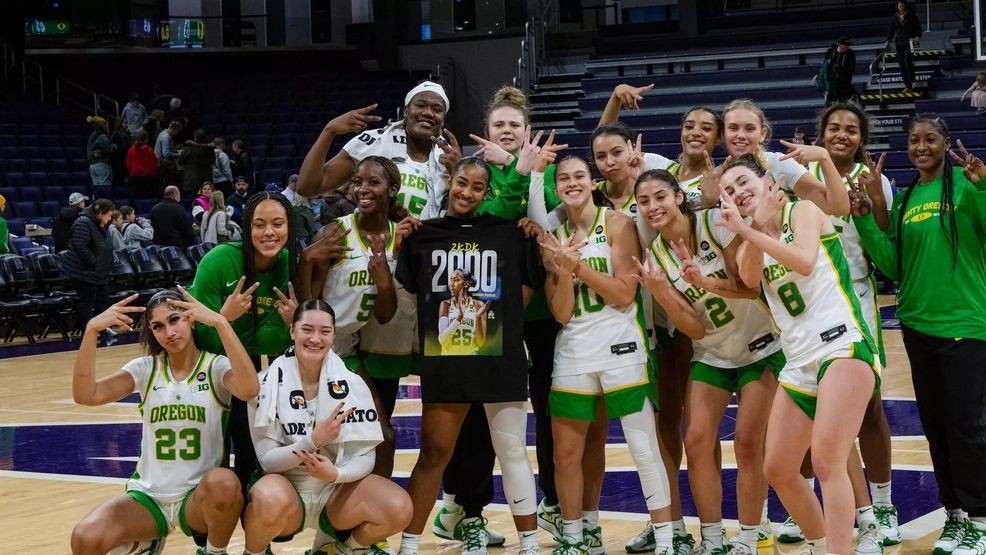 Oregon Ducks Womens Basketball Overcoming A Large Deficit To Defeat Vanderbilt In Ncaa Tournament Overtime Thriller
May 13, 2025
Oregon Ducks Womens Basketball Overcoming A Large Deficit To Defeat Vanderbilt In Ncaa Tournament Overtime Thriller
May 13, 2025 -
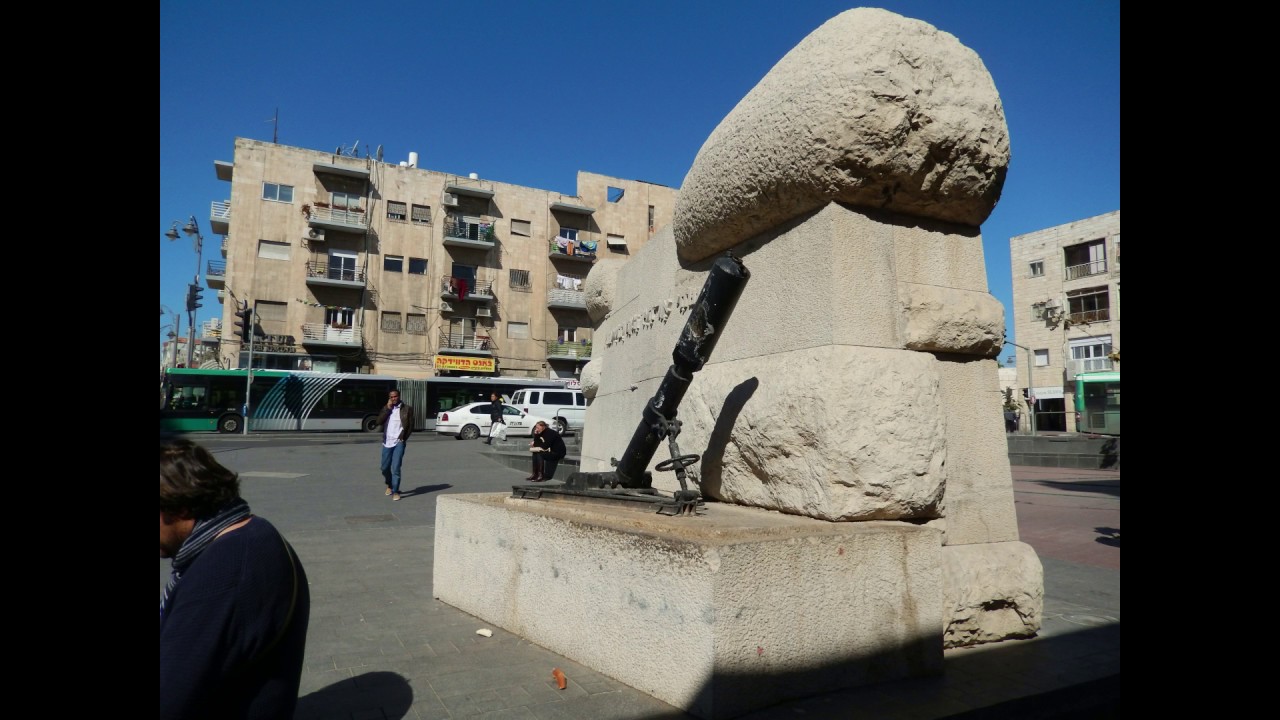 Istoriya Modeli Merman Broshennaya Beremennaya V Oae Synom Kadyshevoy
May 13, 2025
Istoriya Modeli Merman Broshennaya Beremennaya V Oae Synom Kadyshevoy
May 13, 2025 -
 Miami Open Sabalenka Defeats Pegula For Victory
May 13, 2025
Miami Open Sabalenka Defeats Pegula For Victory
May 13, 2025 -
 Families Of Gaza Hostages Endure Prolonged Nightmare
May 13, 2025
Families Of Gaza Hostages Endure Prolonged Nightmare
May 13, 2025
Latest Posts
-
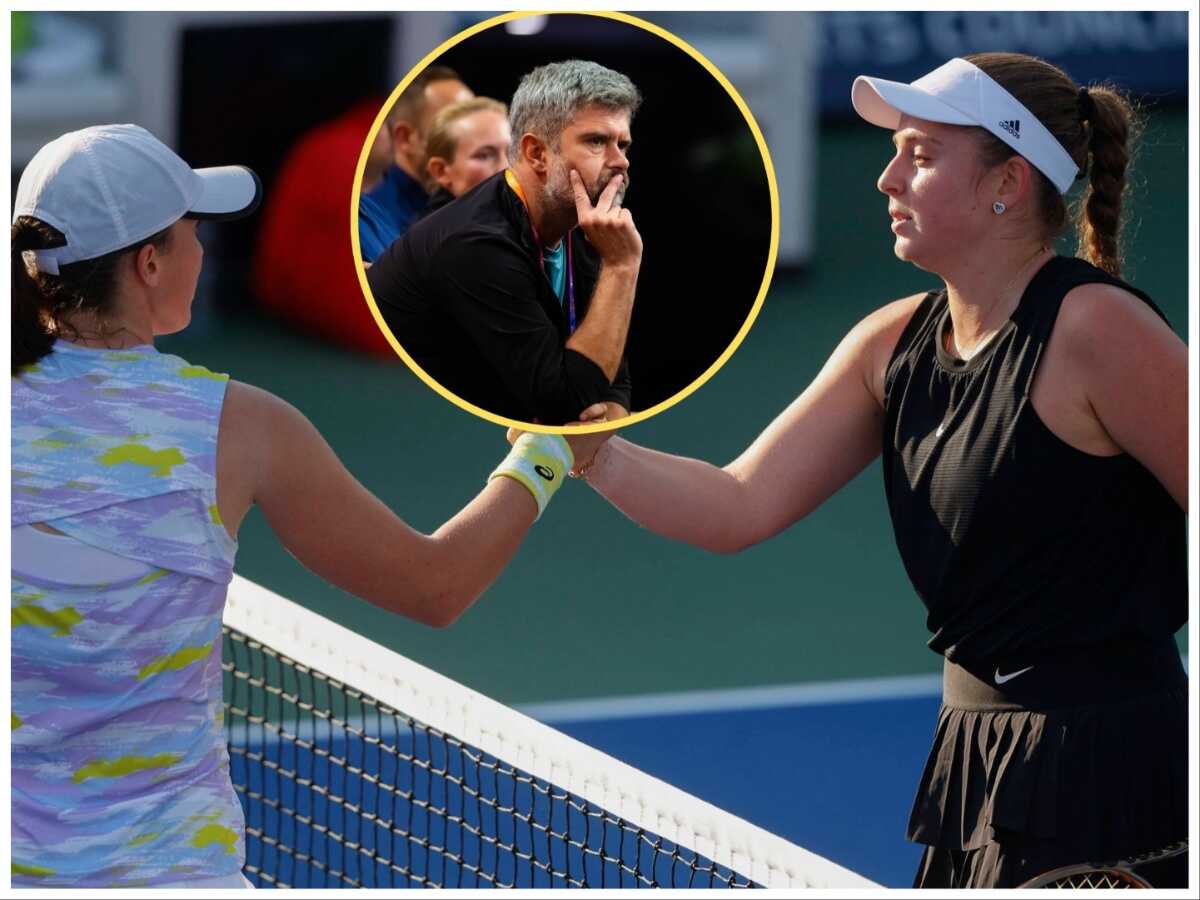 Jelena Ostapenko Defeats Iga Swiatek Progresses To Stuttgart Semifinals
May 13, 2025
Jelena Ostapenko Defeats Iga Swiatek Progresses To Stuttgart Semifinals
May 13, 2025 -
 Ostapenkos Upset Victory Sends Her To Stuttgart Semifinals
May 13, 2025
Ostapenkos Upset Victory Sends Her To Stuttgart Semifinals
May 13, 2025 -
 Iga Swiatek Loses To Jelena Ostapenko Again In Stuttgart
May 13, 2025
Iga Swiatek Loses To Jelena Ostapenko Again In Stuttgart
May 13, 2025 -
 Photo Evidence How Sabalenka Overturned Umpire Decision In Stuttgart
May 13, 2025
Photo Evidence How Sabalenka Overturned Umpire Decision In Stuttgart
May 13, 2025 -
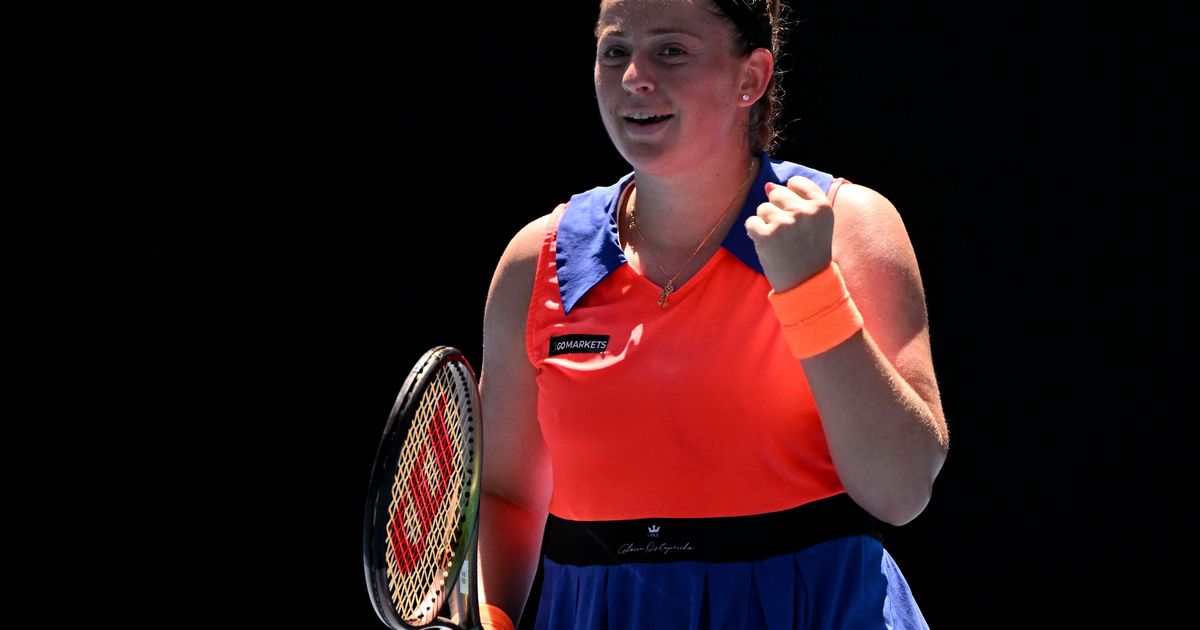 Stuttgart Open Ostapenko Upsets Swiatek For Second Time Reaches Semifinals
May 13, 2025
Stuttgart Open Ostapenko Upsets Swiatek For Second Time Reaches Semifinals
May 13, 2025
